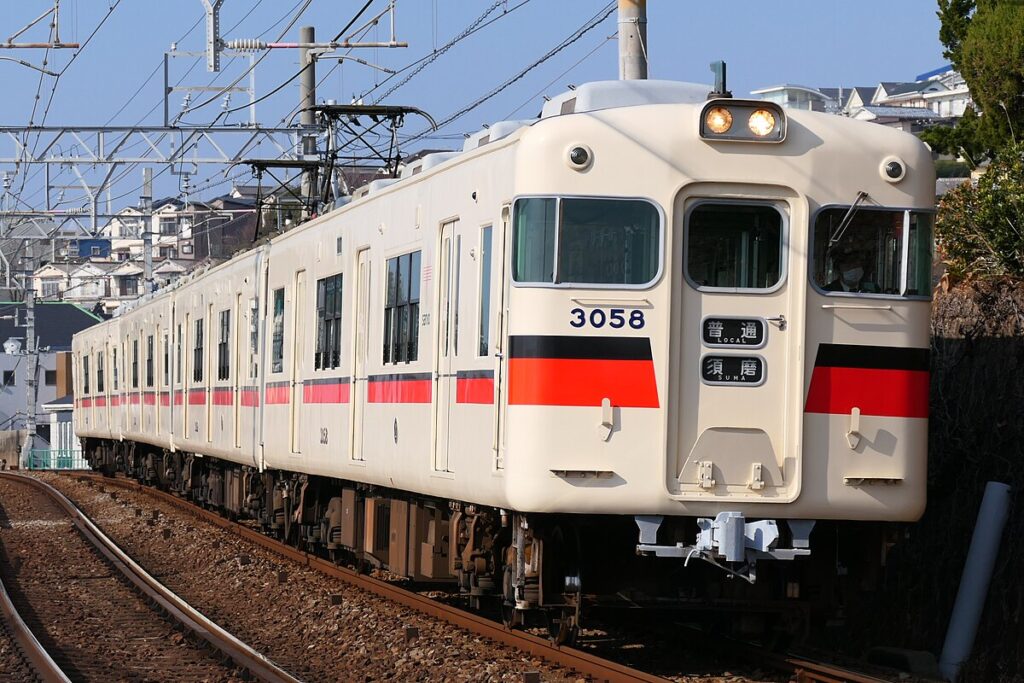-

Fujisan Hongu Sengen Taisha Shrine (Fujinomiya City, Shizuoka Prefecture)
Overview (History, Features, and Attractions) Fujisan Hongu Sengen Taisha Shrine, located in Fujinomiya City, Shizuoka Prefecture, is the central shrine of Sengen faith, and its main deity is Konohanasakuyahime. It has long been associated with worship of Mount Fuji and is a popular destination for those who climb the mountain... -

Goishi Coast (Ofunato City, Iwate Prefecture)
Overview (History, Features, and Attractions) Goishi Coast, located in Ofunato City, Iwate Prefecture, is one of the most scenic spots on the Sanriku Coast. Its most distinctive feature is the large, rounded pebbles (known as "go stones") that cover the entire coastline, polished by wave erosion and years of seawater action. -

Tokyo International Forum (Chiyoda-ku, Tokyo)
Overview (History, Features, and Attractions) Tokyo International Forum is a large, multi-purpose convention facility located in Marunouchi, Chiyoda Ward, Tokyo. Opened in 1996, it was designed by internationally acclaimed architect Rafael Viñoly. It features a ship-like structure that makes extensive use of glass and steel... -

Chidorigafuchi (Chiyoda Ward, Tokyo)
Overview (History, Features, and Attractions) Chidorigafuchi is a green space and promenade area located in the northwest part of the outer moat of the Imperial Palace in Chiyoda Ward, Tokyo. It has existed as part of the outer moat of the Imperial Palace (formerly Edo Castle) since the Edo period, and is characterized by the rows of cherry blossom trees lining the moat and the scenery of tranquil waters. Spring cherry blossoms (Somei Yoshino)... -

Takayama Festival Float Hall (Takayama City, Gifu Prefecture)
Overview (History, Features, and Attractions) The Takayama Festival Yatai Kaikan is a facility that permanently exhibits the gorgeous floats used in the Takayama Festival, Hida Takayama's signature festival. The Takayama Festival is held in the spring (Sanno Festival, April 14th and 15th) and autumn (Hachiman Festival, October 9th and 10th), and is a traditional event that dates back to the Edo period. -

Kishiwada Danjiri Hall (Kishiwada City, Osaka Prefecture)
Kishiwada Danjiri Hall (Kishiwada City, Osaka Prefecture) Overview (History, Features, and Attractions) The Kishiwada Danjiri Hall is a facility that preserves and introduces the culture and history of the danjiri (floats and floats) used in the Kishiwada Danjiri Festival. The Danjiri Festival is known for its powerful parades and gorgeous carvings, and is a source of pride for the region... -

Yugawara Hot Springs (Yugawara Town, Ashigarashimo District, Kanagawa Prefecture)
Yugawara Onsen (Yugawara Town, Ashigarashimo District, Kanagawa Prefecture) Overview (History, Features, and Attractions) Yugawara Onsen is a historic hot spring resort located in the quiet, lush town of Yugawara in western Kanagawa Prefecture. It has long been popular as a therapeutic hot spring resort, and since the Edo period has been beloved by literary figures and intellectuals. The hot spring town is a tranquil and relaxing place... -

Chiba Port Tower (Chuo Ward, Chiba City, Chiba Prefecture)
Overview (History, Features, and Attractions) Chiba Port Tower is a symbolic observation tower in the waterfront area of Chiba Port. Built in the 1980s as part of the redevelopment of the port area, it is popular with local residents and tourists alike for its panoramic views of the bay. The tower itself has a slim design, and... -

Kaimondake (Ibusuki City, Kagoshima Prefecture)
Overview (History, Features, and Attractions) Mount Kaimon is a stratovolcano towering over Ibusuki City, Kagoshima Prefecture, at an elevation of approximately 924 meters. Its beautiful conical shape has earned it the nickname "Satsuma Fuji." Its nearly symmetrical, majestic form stands out even from places close to the sea, creating a landscape unique to the Satsuma Peninsula. -

Former Furukawa Gardens (Nishigahara, Kita Ward, Tokyo)
Overview (History, Features, and Attractions) The Kyu-Furukawa Gardens, located in Nishigahara, Kita Ward, Tokyo, are a harmonious blend of a modern garden and a Western-style building. Developed as a villa for the Furukawa family from the Taisho to early Showa periods, its distinctive feature is the placement of a Western-style building and a Japanese garden side by side...



